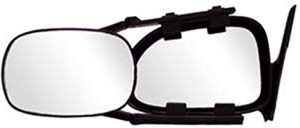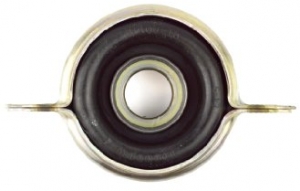-
Welcome to Tacoma World!
You are currently viewing as a guest! To get full-access, you need to register for a FREE account.
As a registered member, you’ll be able to:- Participate in all Tacoma discussion topics
- Communicate privately with other Tacoma owners from around the world
- Post your own photos in our Members Gallery
- Access all special features of the site
30,000 miles on my 2010 Report
Discussion in '2nd Gen. Tacomas (2005-2015)' started by David K, Sep 26, 2011.
Page 3 of 3
Page 3 of 3


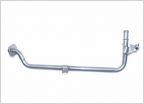 2005 Tacoma leaking coolant from ??
2005 Tacoma leaking coolant from ??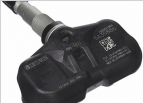 Sick of that TPMS light? Give this a try!
Sick of that TPMS light? Give this a try!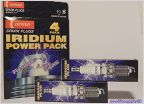 Denso iridium spark plugs
Denso iridium spark plugs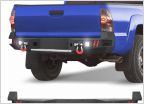 Is there a better version of this Amazon rear bumper?
Is there a better version of this Amazon rear bumper?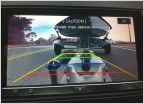 What is the Best......
What is the Best......
















